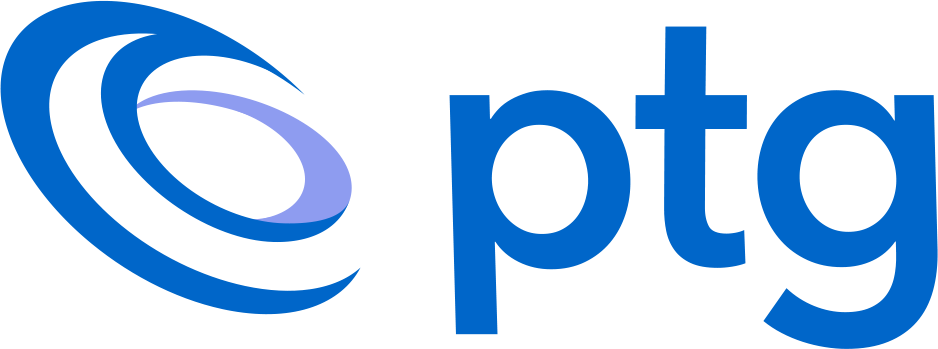ALM for Growing Teams
In, Near, Remote ALM
Usually, startup in the time period between early stages and prototyping to advanced fundraising stages meet challenges regarding to:
- DevOps Solutions
- DevSecOps Solutions
- ALM (Application Lifecycle Management) Process
- Requirement Management Tool
- MBSE (Model Based System Engineering)
ptg has developed a methodology to take a startup in the seed stage with irregular development processes and make a quick transition to an regulated development process according to international standards and methods.
Want to learn more about the process? Fill in your name and email and we will contact you.
Problems that startup companies usually experience:
Incomplete or Inaccurate Requirements: Prototyping relies heavily on initial requirements to create a functional prototype. If these requirements are incomplete, vague, or inaccurate, the resulting prototype may not meet the actual needs of the users or stakeholders. This can lead to wasted effort and a prototype that doesn't align with the final product.
Scope Creep: As users interact with a prototype, they may request additional features or changes. While feedback is essential, this can lead to scope creep—continuous expansion of the project's scope. Additionally, developers might inadvertently add unnecessary or "gold plated" features to impress stakeholders, leading to increased development time and complexity.
Documentation and Knowledge Transfer: Prototypes might not receive the same level of documentation as full-fledged projects. This can result in difficulties when transferring knowledge to other team members, maintaining the system, or making future improvements. Insufficient documentation can lead to inefficiencies and knowledge gaps.
Team Coordination: Effective communication and collaboration are crucial in rapid development environments. If team members are not aligned, lack clear roles and responsibilities, or struggle with communication, it can lead to misunderstandings, duplicated efforts, and decreased productivity.
Lack of Documentation: In the rush to deliver software quickly, documentation can sometimes be neglected. Insufficient documentation can lead to difficulties in understanding the codebase, maintaining the software, and onboarding new team members. This can result in long-term inefficiencies and decreased maintainability.
Quality Assurance Challenges: Rapid development emphasizes quick iterations and frequent releases. While this can lead to faster delivery, it might not allow sufficient time for thorough testing and quality assurance. As a result, bugs and defects may be introduced, leading to unstable software and lower customer satisfaction.
ptg is your partner to move from the entrepreneurship phase to the regulatory phase.
Contact us to make the change in your startup

